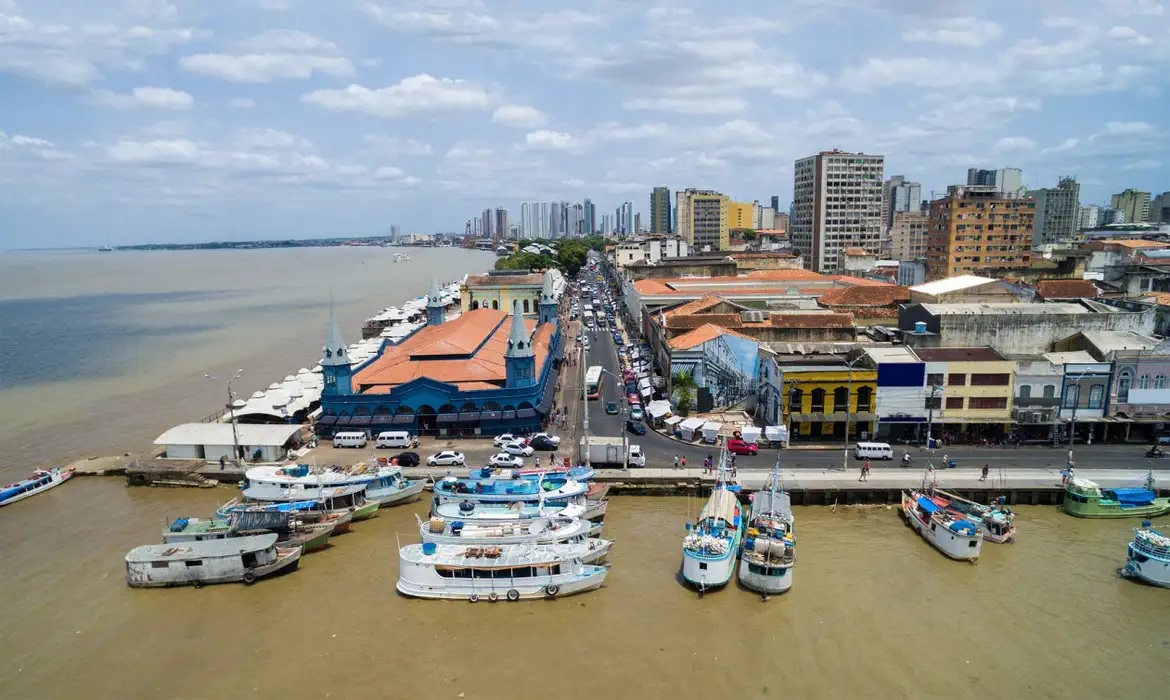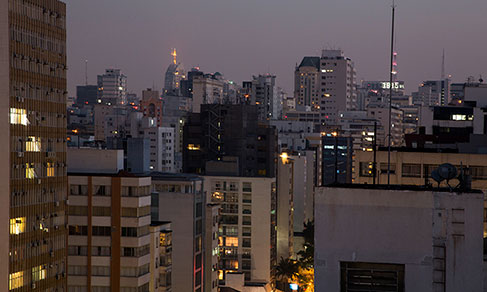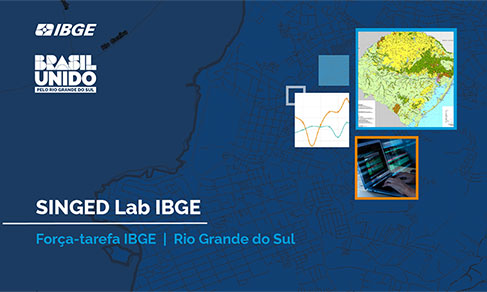Continuous PNAD
Unemployment drops only in Southeast in Q4
February 16, 2024 09h00 AM | Last Updated: February 16, 2024 04h18 PM

The drop in the Brazilian unemployment rate, which changed from 7.7% in the third quarter of 2023 to 7.4% in the fourth quarter, was followed by only two Federation Units: Rio de Janeiro (from 10.9% to 10.0%) and Rio Grande do Norte (from 10.1% to 8.3%). Other two states increased their rates: Rondônia (from 2.3% to 3.8%) and Mato Grosso (from 2.4% to 3.9%). The other states did not record significant changes. Among the regions, only the Southeast dropped, changing from 7.5% to 7.1%. The other four remained stable. The data are from the quarterly results of the Continuous National Household Sample Survey (Continuous PNAD), released today (16) by the IBGE.
“Several Brazilian states tended to drop, though the retraction was considered statistically significant in only two of them. Rio de Janeiro showed a significant growth in employment, mainly in the industrial activities and other services. In the case of Rio Grande do Norte, the retreat in the rate was influenced by the reduction in the number of persons looking for a job in the period,” explains Adriana Beringuy, the IBGE´s Coordinator of Household Sample Surveys.
The scenarios are different in the two states with a rising unemployment. “Rondônia showed a reduction in the number of workers, with bigger losses of jobs in agriculture and trade. Although employment increased in Mato Grosso, the significant expansion in the number of persons looking for a job contributed to the growth of the unemployment rate in the state,” completes her.
In the fourth quarter last year, the highest unemployment rates were registered in Amapá (14.2%), Bahia (12.7%) and Pernambuco (11.9%). Of the 13 Federation Units with levels higher than the national average (7.4%), only two are not from the North or Northeast: Rio de Janeiro (10%) and Federal District (9.6%). The lowest rates were in Santa Catarina (3.2%), Rondônia (3.8%) and Mato Grosso (3.9%).
Informality in the labor market is also more present in the Northeastern and Northern states. Among the Federation Units, the highest informality rate in Brazil was reported in Maranhão (57.8%), where more than half of the employed population exerts informal activities. Other states with rates above 50% were Pará (57.4%), Amazonas (54.6%), Piauí (53.4%), Ceará (53.0%), Bahia (52.1%), Sergipe (51.9%), Paraíba (50.8%) and Pernambuco (50.7%). On the other hand, Santa Catarina (27.6%), Federal District (30.4%) and São Paulo (31.2%) registered the lowest rates.
In contrast, the proportion of those employed in the private sector with a formal contract are quite higher in the South (83.5%) than in the North (60.9%) and Northeast (57.3%). The three states in the South showed the highest percentages among the Federation Units: Santa Catarina (88.2%), Rio Grande do Sul (81.9%) and Paraná (81.7%). The lowest figures were from Northeastern states: Maranhão (48.9%), Piauí (51.6%) and Paraíba (54.9%).
Unemployment drops for women and men
Both the unemployment rate for men and for women recorded negative changes between the third and fourth quarters, though the difference was higher for men. While the rate for women changed from 9.3% to 9.2%, the rate for men fell from 6.4% to 6.0% in the same period, i.e., only men stayed below the national average (7.4%).
“The steeper change in the unemployment rate for men in the fourth quarter increases the difference in this indicator between men and women. With this change, the rate for women is 53.3% higher than that for men, increasing the distance in relation to what was noticed in the previous quarter (45%),” analyzes the Coordinator.
In the case of the employment-population ratio, percentage of employed persons in the population at working age, the rate was 68.0% for men and 47.9% for women. This proportion was 57.6% for the entire population.
When the division by color or race is considered, only the unemployment rate of white persons (5.9%) stayed below the national average. That of black (8.9%) and brown persons (8.5%) remain above the entire population. The difference among the groups is virtually the same as that registered in the beginning of the time series of the survey in the first quarter of 2012, when the rate for white persons was 6.7%, that for black persons corresponded to 9.7% and that for brown persons, to 9.2%. At that time, the Brazilian average was estimated at 8.0%.
Nearly 1.8 million look for a job for at least two years
In the fourth quarter last year, nearly 1.8 million persons looked for a job for two years or more, which is equivalent to 22.3% of the unemployed population. This contingent fell 17.6% in relation to the same period in 2022, when 2.2 million persons were in this situation. Other 3.8 million persons, or 46.5% of the unemployed persons, were looking for a job for one month to less than a year. This group grew 0.7% over the fourth quarter of 2022.
Average earnings grow only in the North
The usual average earnings in Brazil was of R$3,032 in the fourth quarter. This average remained stable in relation to the previous quarter (R$3,007), closed in September. In the regional analysis, earnings grew only in the North (from R$2,362 to R$2,419). The national average increased 3.1% against the same period in the previous year (R$2,940). In this comparison, the average value grew in the North, Northeast and Southeast, whereas the South and Central-West remained stable.
Annual unemployment rates fall in 26 FUs
The Brazilian annual unemployment rate (7.8%) dropped 1.8 percentage points against the previous year. Most (26) of the Federation Units also registered a drop, highlighted by Acre (-4.9 pp), Maranhão (-3.5 pp) and Rio de Janeiro (-3,2 pp). The only increase was recorded in Roraima (1.7 pp).
Also in the annual average, the highest unemployment rates were in Pernambuco (13.4%), Bahia (13.2%) and Amapá (11.3%) and the lowest ones were in Rondônia (3.2%), Mato Grosso (3.3%) and Santa Catarina (3.4%).
“In 2023, eight Federation Units hit their lowest annual unemployment rates in the time series of the survey,” highlights Beringuy. They were: Rio Grande do Norte (10.7%), Alagoas (9.2%), Acre (7.5%), Tocantins (5.8%), Minas Gerais (5.8%), Espírito Santo (5.7%), Mato Grosso (3.3%) and Rondônia (3.2%).
More about the survey
The Continuous PNAD is the main instrument to monitor workforce in Brazil. The survey sample per quarter corresponds to 211 thousand households surveyed in Brazil. Nearly two thousand interviewers work in the survey in 26 states and in the Federal District, integrated to the data collection network of more than 500 IBGE branches.
Due to the Covid-19 pandemic, the IBGE implemented data collection by telephone on March 17, 2020. In July 2021, face-to-face data collection was resumed. The id of the interviewers can be confirmed at the Answering the IBGE website or through the Call Center (0800 7218181) by checking their ID numbers, which can be requested by the informants. See PNAD data on Sidra. The next release of the Quarterly PNAD, relative to the first quarter of 2024, will be on May 17.




















